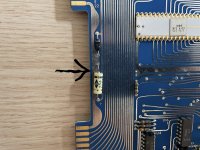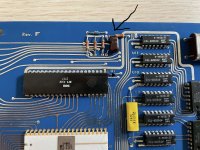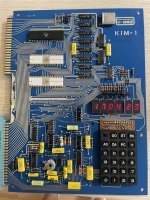Generally, electros tend to dry out and lose capacitance and their ESR rises as they age. They can short out on more rare occasions, but as noted it is the TANT capacitor that has the penchant for shorting out.
Likely the electrolytics on this sort of board will be at least ok for test purposes.
It is more of a worry say if your power supply is original or not and has been disconnected in the past or has had its wiring tampered with.
Generally there are two severe mistakes you can make powering up your pcb that could be devastating and destroy multiple IC's, these are:
1) incorrect polarity (+ &- connections reversed)
2) Over-voltage applied.
They are the two things to avoid.
This risks occur when power from an external generic power supply is applied to a pcb's power terminals (it unlikely happens when there are polarized connectors from a previously working supply).
So be careful.
If you are really paranoid about these sorts of accidents, like I am, there are some things you could do to mitigate these possible errors:
For the reverse polarity risk you could pre-wire a power diode , like a 1N5404 across the power supply input terminals on the board , with the diode cathode (the line) connected to the + terminal. And have a 1A or similar fuse in series with the power supply output/s. This way if you connect it in reverse, the reverse voltage across the PCB is limited to around 0.8V and the fuse blows.
For over-voltage you can also use the fuse & fit a TVS (which is like a power zener diode) to the +5V supply which clamps the voltage to about 6.5V. These also conduct in reverse too. A suitable part for a 5V supply is the 1N6267A(1.5KE6.8A), obviously you need a different one to protect a 12V supply rail such as the 1N6275A:
Otherwise if you have a supply that is variable, (or an analog supply you can power via a Variac) it makes sense to bring the voltage up slowly measuring the current, in case something is drawing too much current. Without fusing if there is a shorted part (like a TANT cap if there is one) it can fuse a section of the pcb, which is a shame, if it could have been avoided. (don't use a variac on a modern SMPS)



